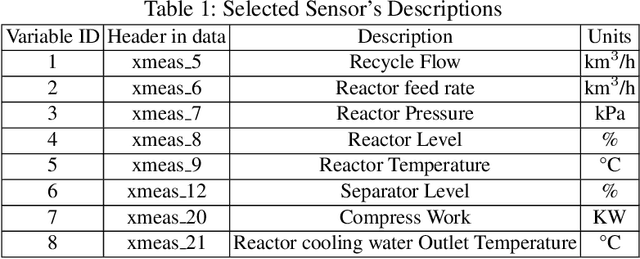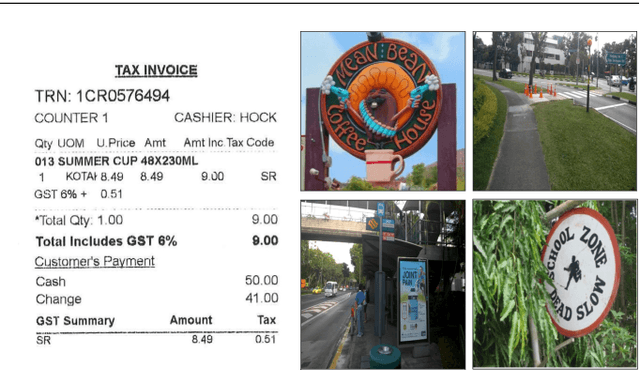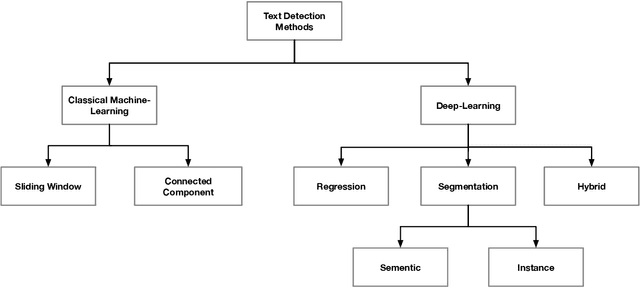Steven Wardell
ATS Automation
Causal Discovery from Sparse Time-Series Data Using Echo State Network
Jan 09, 2022



Abstract:Causal discovery between collections of time-series data can help diagnose causes of symptoms and hopefully prevent faults before they occur. However, reliable causal discovery can be very challenging, especially when the data acquisition rate varies (i.e., non-uniform data sampling), or in the presence of missing data points (e.g., sparse data sampling). To address these issues, we proposed a new system comprised of two parts, the first part fills missing data with a Gaussian Process Regression, and the second part leverages an Echo State Network, which is a type of reservoir computer (i.e., used for chaotic system modeling) for Causal discovery. We evaluate the performance of our proposed system against three other off-the-shelf causal discovery algorithms, namely, structural expectation-maximization, sub-sampled linear auto-regression absolute coefficients, and multivariate Granger Causality with vector auto-regressive using the Tennessee Eastman chemical dataset; we report on their corresponding Matthews Correlation Coefficient(MCC) and Receiver Operating Characteristic curves (ROC) and show that the proposed system outperforms existing algorithms, demonstrating the viability of our approach to discover causal relationships in a complex system with missing entries.
Text Detection and Recognition in the Wild: A Review
Jun 30, 2020



Abstract:Detection and recognition of text in natural images are two main problems in the field of computer vision that have a wide variety of applications in analysis of sports videos, autonomous driving, industrial automation, to name a few. They face common challenging problems that are factors in how text is represented and affected by several environmental conditions. The current state-of-the-art scene text detection and/or recognition methods have exploited the witnessed advancement in deep learning architectures and reported a superior accuracy on benchmark datasets when tackling multi-resolution and multi-oriented text. However, there are still several remaining challenges affecting text in the wild images that cause existing methods to underperform due to there models are not able to generalize to unseen data and the insufficient labeled data. Thus, unlike previous surveys in this field, the objectives of this survey are as follows: first, offering the reader not only a review on the recent advancement in scene text detection and recognition, but also presenting the results of conducting extensive experiments using a unified evaluation framework that assesses pre-trained models of the selected methods on challenging cases, and applies the same evaluation criteria on these techniques. Second, identifying several existing challenges for detecting or recognizing text in the wild images, namely, in-plane-rotation, multi-oriented and multi-resolution text, perspective distortion, illumination reflection, partial occlusion, complex fonts, and special characters. Finally, the paper also presents insight into the potential research directions in this field to address some of the mentioned challenges that are still encountering scene text detection and recognition techniques.
 Add to Chrome
Add to Chrome Add to Firefox
Add to Firefox Add to Edge
Add to Edge